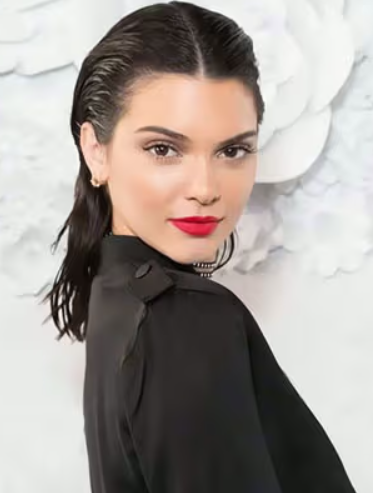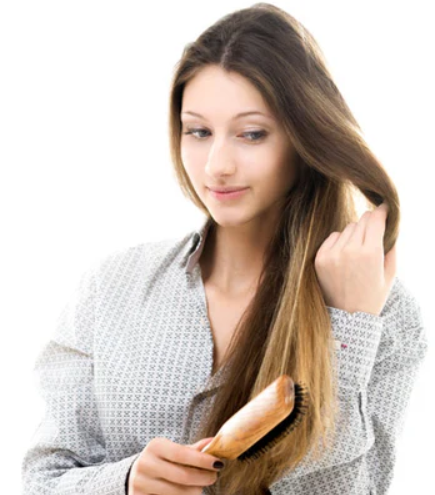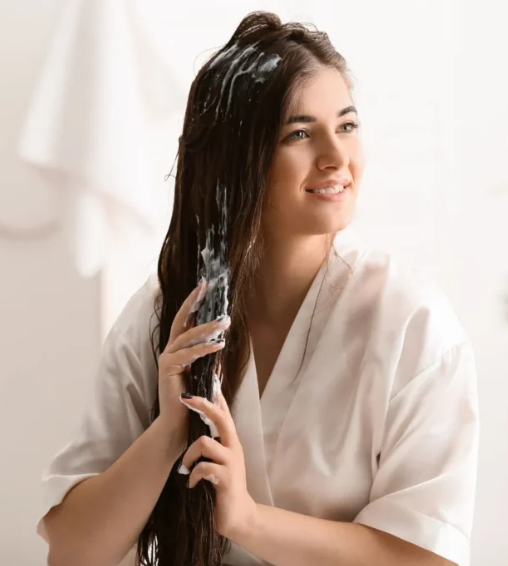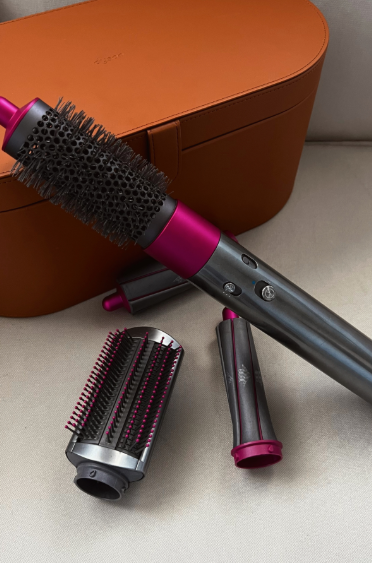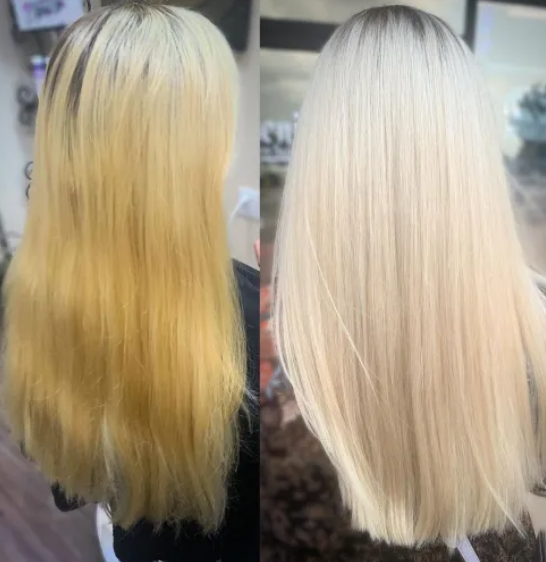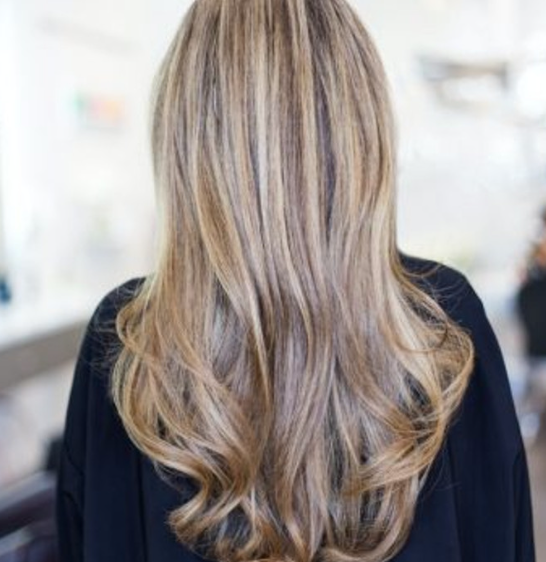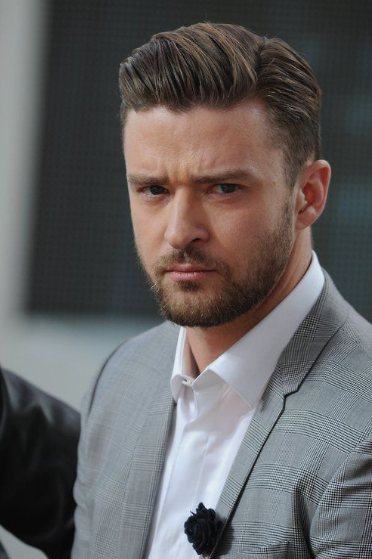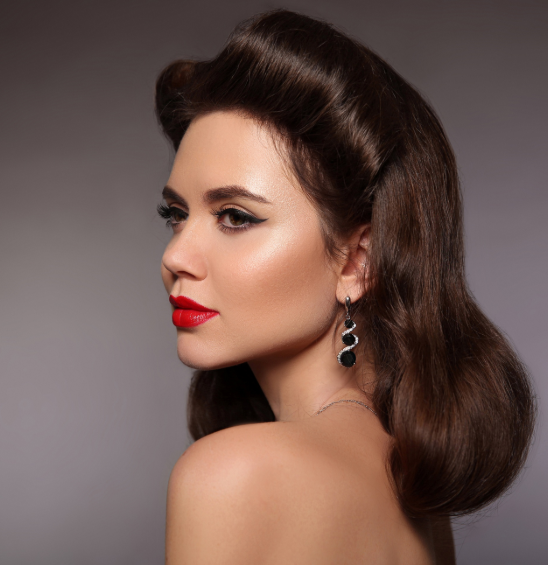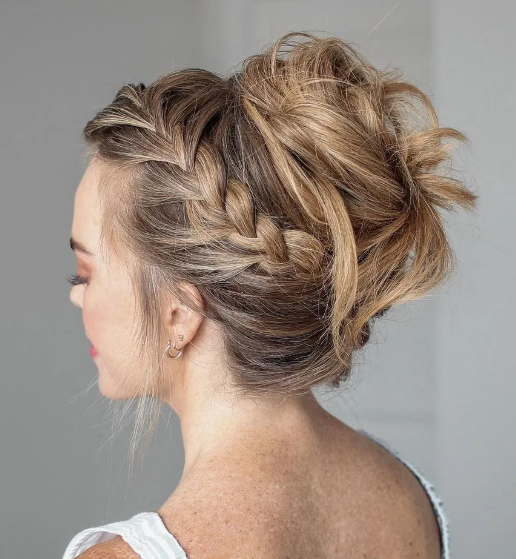The wet hair look has been one of the most iconic and versatile hairstyles of recent years, embraced by celebrities like Kim Kardashian, Gigi Hadid, Rosie Huntington-Whiteley, and J.Lo. This chic, effortless style can take you from a red carpet event to a casual outing, always ensuring you look polished and camera-ready. The key to achieving this look is a combination of shine, body, and texture. Whether you’re styling it for a night out or just want that fresh, post-shower appearance, we have the perfect tips and product recommendations to help you master the wet hair look.
How to Achieve the Wet Hair Look
The first step in creating the wet hair look is to start with damp hair. While you don’t want your hair to be soaking wet, it should have enough moisture to keep it malleable. Begin by towel-drying your hair or using a blow-dryer for a few minutes, ensuring it stays damp but not dripping.
Next, avoid using a brush as it can cause unnecessary breakage and split ends. Instead, reach for a wide-tooth comb to gently detangle and separate your hair. If your hair is naturally straight and lacks texture, now is the time to add a texturizing product. Spritzing on a texturizing spray or mousse will create volume and texture, which is essential for the wet hair look.
A great choice for a texturizing spray is Not Your Mother’s Beach Babe Texturizing Sea Salt Spray, which adds that beachy texture. Alternatively, for a frizz-free look, SheaMoisture Curl Mousse for Frizz Control will keep hair smooth and controlled.
Creating the Perfect Shine and Hold
To get the right balance of shine and hold, you’ll need to combine creams and gels. A quarter-size amount of each product should be enough—work them together in your hands before evenly distributing them throughout your hair.
For a great budget-friendly cream, OGX Argan Oil of Morocco Curling Perfection Curl-Defining Cream is a wonderful choice. It provides a smoothing effect and leaves hair shiny without weighing it down. If you’re looking for something a bit more luxurious, the SheaMoisture Curl Enhancing Smoothie is perfect for adding texture and shine, especially for thicker or curly hair.
As for gels, Got2b Ultra Glued Invincible Styling Gel is highly effective in maintaining a slick, perfect finish without the crunch.
Finishing Touches for a Glossy, Polished Look
Once the products are applied, comb through your hair again with a wide-tooth comb to ensure the product is evenly spread and there are no clumps. This step is crucial to avoid uneven texture. Before blow-drying, apply a heat-protectant spray to avoid damage and frizz. Set your blow-dryer on a low or cool setting to prevent disturbing the product, and let the heat help shape your hair without creating unwanted flyaways.
Once your hair is styled, you can either leave it loose for a natural, tousled look or opt for a sleek ponytail or bun for a more polished appearance. The final touch for achieving that glossy, wet look is all about shine. Garnier Brilliantine Shine Glossing Spray is the perfect product to create a high-shine finish, enhancing that fresh, damp appearance. To lock it all in place, finish off with a spritz of hairspray. Moroccanoil Luminous Hairspray is a fantastic option for a long-lasting, non-crunchy hold.
Conclusion
With these products and steps, you can easily achieve the iconic wet hair look at home. The key is to focus on texture, shine, and the right amount of hold to ensure your hair looks healthy, glossy, and full of life. Whether you’re looking for a sleek, polished style or a more relaxed, tousled vibe, this timeless look is versatile and easy to recreate with the right products.
